The Norwegian government's recent decision to impose strict regulations on cruise ship emissions has sent shockwaves through the maritime tourism industry. With nearly a third of all cruise routes now forced to alter their itineraries, the move underscores Norway's commitment to environmental preservation—even at the cost of economic trade-offs. The new rules, which target sulfur and nitrogen oxide emissions, have left operators scrambling to comply, while environmental groups hail the policy as a landmark victory.
At the heart of the controversy is Norway's pristine fjord landscape, a UNESCO World Heritage site and a magnet for global tourism. For years, these narrow inlets have borne the brunt of pollution from massive cruise liners, their emissions lingering in the steep-walled valleys. "The fjords aren't just postcard backdrops—they're delicate ecosystems," remarked a marine biologist from Bergen University. "When a single docked cruise ship can emit as much particulate matter as 10,000 cars, you're looking at irreversible damage." Satellite imagery from 2023 revealed visible pollution plumes stretching over 20 nautical miles from popular ports like Geiranger and Flåm during peak season.
Operators face an existential dilemma: retrofit vessels with exhaust scrubbers at multimillion-dollar costs or abandon lucrative Nordic routes altogether. Carnival Corporation's recent earnings call revealed a $45 million write-down for retrofitting just four ships to meet Norway's standards. Smaller operators like Hurtigruten have taken a different tack, investing in hybrid-powered vessels that can switch to battery mode within fjord boundaries. "We're witnessing a Darwinian moment for the cruise industry," observed a shipping analyst. "The companies that adapt will dominate the next decade of Arctic tourism."
The geopolitical ripple effects are equally profound. Russia's state-owned Atomflot has quietly begun marketing its nuclear-powered icebreakers as "zero-emission cruise platforms" to operators locked out of Norwegian waters. Meanwhile, Iceland and Greenland are capitalizing on redirected traffic, with Reykjavik reporting a 17% surge in cruise bookings for 2025. This shift exposes an uncomfortable truth—environmental gains in one region may simply displace pollution elsewhere. A study by the Arctic Monitoring Centre found that rerouted ships burning heavy fuel oil near Svalbard could accelerate black carbon deposition on sea ice by up to 40%.
Local communities are torn between economic survival and ecological stewardship. In ports like Olden (population 498), where cruise tourism accounts for 80% of annual revenue, shop owners describe the new rules as "an economic heart attack." Conversely, fishing collectives along the Hardangerfjord report catching cod with lesions for the first time in living memory—a phenomenon marine pathologists link to chronic exposure to shipborne contaminants. The Norwegian Fishermen's Association now backs the restrictions, creating unlikely alliances between traditional industries and environmental activists.
Technological innovation is emerging as the great differentiator. Siemens Gamesa recently unveiled wind-assisted propulsion systems that could reduce emissions by 30% on retrofit vessels. More radically, Norwegian startup Havkraft is testing tidal energy charging stations that would allow ships to power down engines completely in sensitive areas. "Imagine fjords where the only sounds are waterfalls and whale songs," said their CEO during a demonstration in Tromsø. Such solutions don't come cheap—the prototype charging buoy carries a $2.8 million price tag—but may prove essential for maintaining market access.
The regulatory landscape continues to evolve at breakneck speed. Brussels is reportedly drafting similar rules for Mediterranean heritage sites, while Alaska's legislature debates extending emission control areas beyond Glacier Bay. What began as a national policy is morphing into a global template, with Norway's maritime authority sharing compliance frameworks with Chile and New Zealand. This policy diffusion raises fundamental questions about who bears the cost of environmental transitions—and whether the cruise industry's "all you can sail" model remains viable in an era of ecological reckoning.
As midnight sun glints off repainted smokestacks in Bergen harbor, the contradictions of modern tourism have never been starker. The very ships that enable millions to witness Earth's fragile beauty are simultaneously compromising it. Norway's gamble—that travelers will pay premium fares for cleaner journeys—may determine whether mass-market cruising can coexist with planetary boundaries. For now, the fjords stand as both casualty and crucible, their silent waters testing humanity's capacity to reconcile wanderlust with stewardship.

By John Smith/Apr 11, 2025
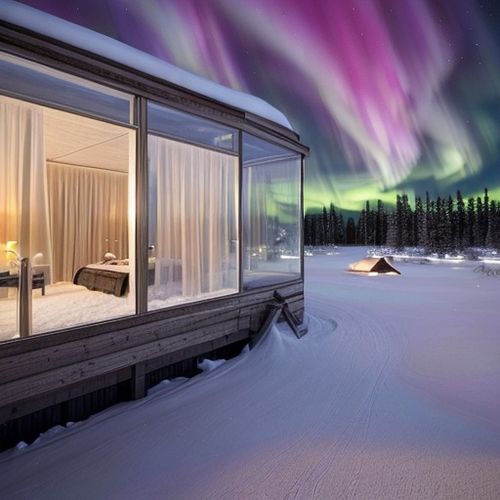
By Samuel Cooper/Apr 11, 2025
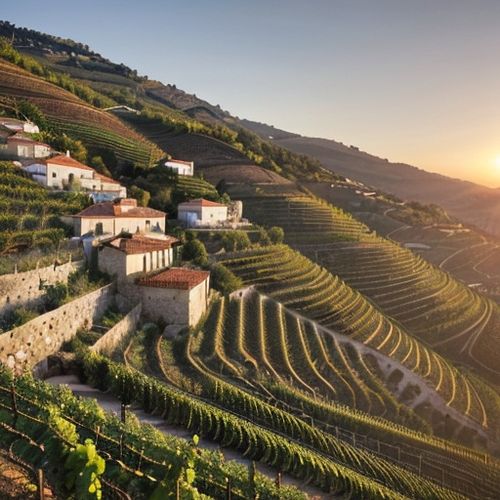
By George Bailey/Apr 11, 2025

By Thomas Roberts/Apr 11, 2025

By Lily Simpson/Apr 11, 2025
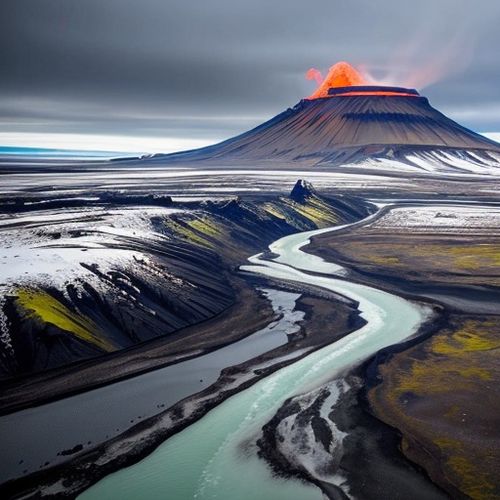
By Jessica Lee/Apr 11, 2025

By Laura Wilson/Apr 11, 2025
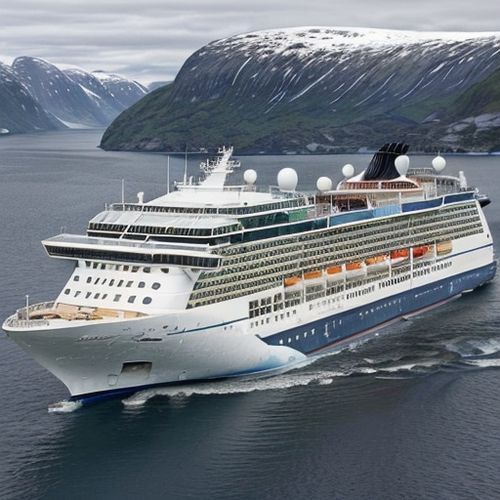
By Olivia Reed/Apr 11, 2025

By Noah Bell/Apr 11, 2025
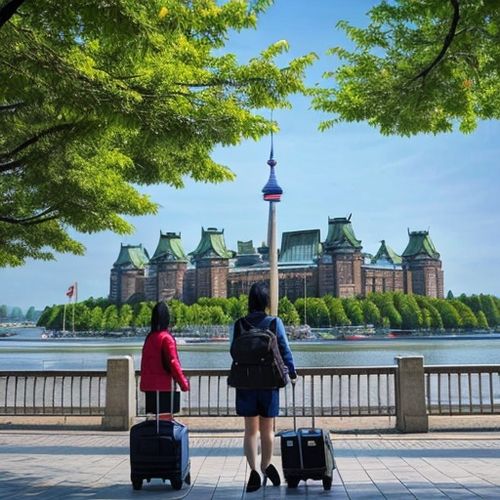
By Christopher Harris/Apr 11, 2025
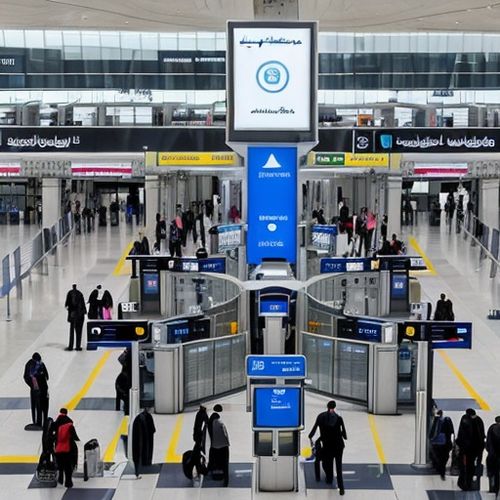
By Emma Thompson/Apr 11, 2025
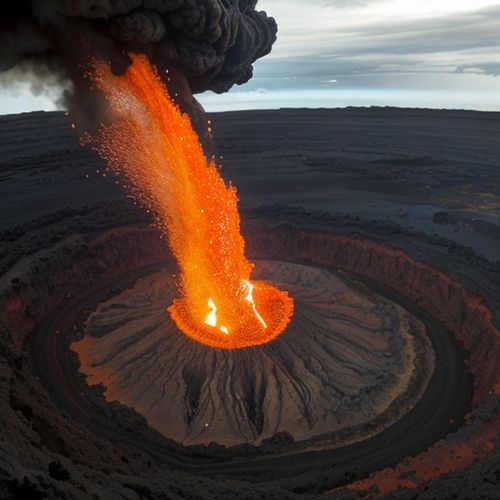
By Ryan Martin/Apr 11, 2025
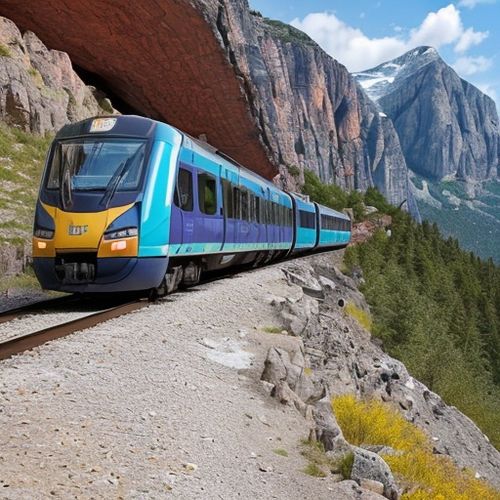
By Grace Cox/Apr 11, 2025

By Sarah Davis/Apr 11, 2025
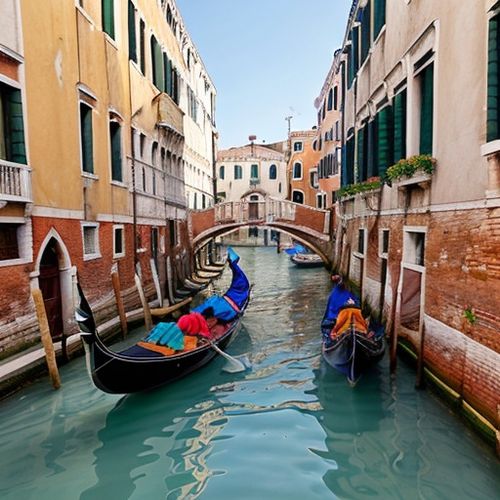
By James Moore/Apr 11, 2025
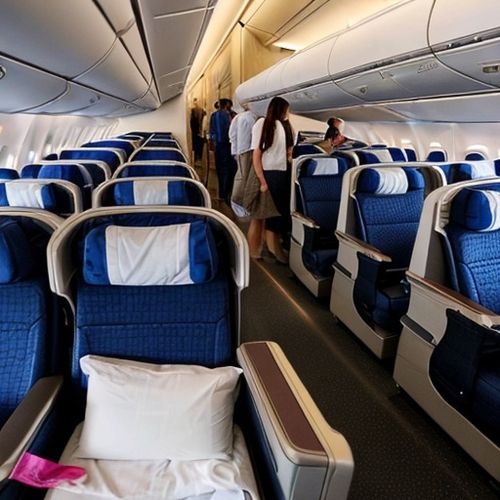
By Emma Thompson/Apr 11, 2025
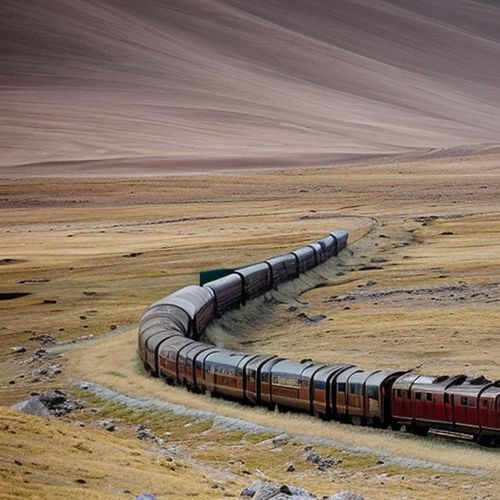
By James Moore/Apr 11, 2025

By Victoria Gonzalez/Apr 11, 2025
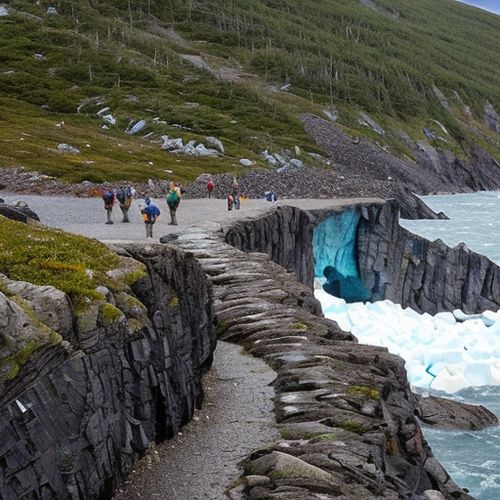
By Michael Brown/Apr 11, 2025
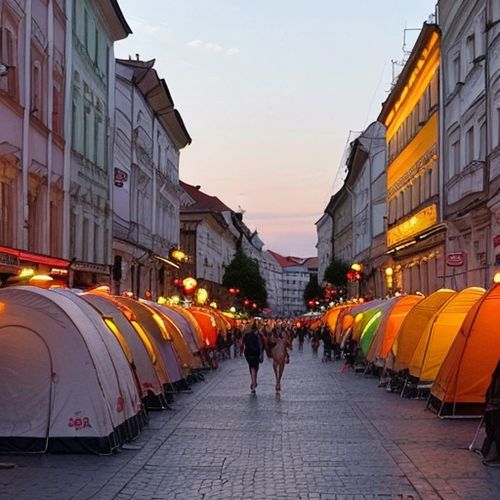
By Grace Cox/Apr 11, 2025